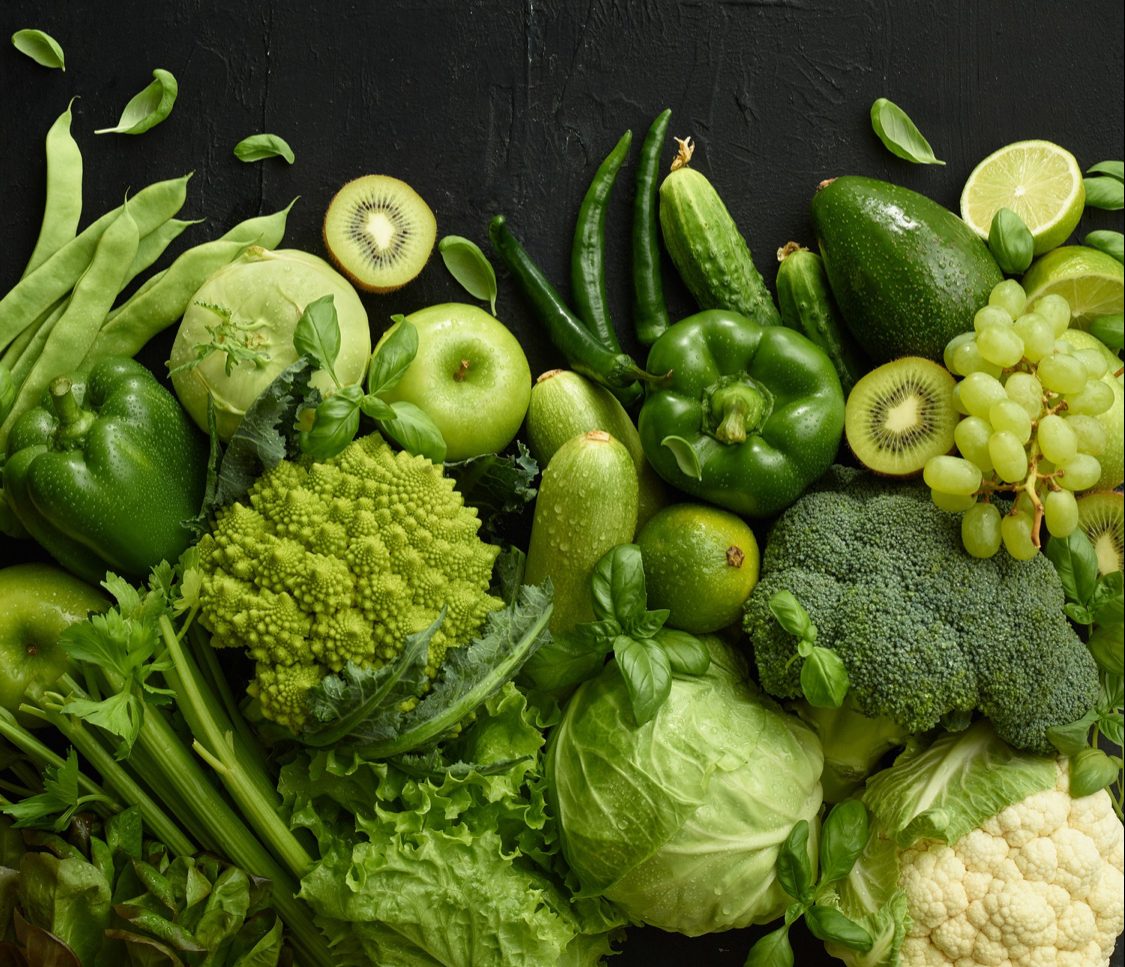In today’s world, where food safety is paramount, the term “food adulteration” has gained significant attention. Consumers must grasp what food adulteration entails, its causes, and implications for public health. Therefore, this article aims to dissect the concept, explore its definition, and delve into its causes and implications.
What is Food Adulteration?
Food adulteration refers to intentionally debasing food quality. By adding inferior, harmful, or cheaper substances to increase quantity, enhance appearance, or extend shelf life. It occurs across various stages of food production, processing, storage, and distribution. While some additives are harmless, many adulterants pose severe health risks.
Common Forms of Food Adulteration
- Adding harmful chemicals: Producers add substances like artificial colours, preservatives, pesticides, and toxic metals to food products for various reasons. That also enhances appearance or prevents spoilage.
- Diluting or substituting: Such as milk, spices, oils, and beverages to increase volume, deceiving consumers about the true value of the product.
- Mislabeling or falsely packaging: Producers misrepresent products through misleading labels or false claims. Such as ingredients, nutritional content, or origin, leading consumers to make inaccurate assumptions about the product’s quality.
Understanding the Root Causes
Several factors contribute to the prevalence of food adulteration:
- Economic incentives: Producers adulterate products to cut costs, boost profits, or meet demand without investing in quality, often prioritizing affordability over quality.
- Lack of regulation: Weak enforcement of food safety regulations and inadequate monitoring enable unscrupulous entities to adulterate products with minimal fear of consequences.
- Supply chain complexities: Complex supply chains hinder tracing raw materials and monitoring production stages, allowing adulteration to go unnoticed. Which necessitates rigorous monitoring and transparency.
- Consumer demand for cheaper products: In a price-sensitive market, consumers prioritize affordability, inadvertently encouraging producers to adulterate products to meet demand at lower prices.
The Implications for Public Health:
Food adulteration poses significant risks:
- Toxicity and health hazards: Consuming adulterated foods containing substances like lead, pesticides, or allergens can result in acute poisoning, chronic health issues etc.
- Nutritional deficiencies: Diluting or substituting essential nutrients in food products might compromise their nutritional value, leading to deficiencies and long-term health concerns.
- Trust erosion: Instances of food adulteration diminish consumer trust in food manufacturers, retailers, and regulatory authorities, highlighting the need for transparency and accountability.
- Economic burden: Foodborne illnesses caused by adulteration impose significant costs on healthcare systems and individuals.
Conclusion
Understanding food adulteration causes and implications is vital for public health. Combating it demands collaborative action from governments, regulatory bodies, industry stakeholders, and consumers. Promoting transparency, implementing quality control measures, and raising consumer awareness can mitigate risks and uphold food supply chain integrity. Ultimately, prioritizing food safety and quality is crucial for a healthier, sustainable future.
 Food Manifest
Food Manifest 















Leave a Comment
Your email address will not be published. Required fields are marked with *